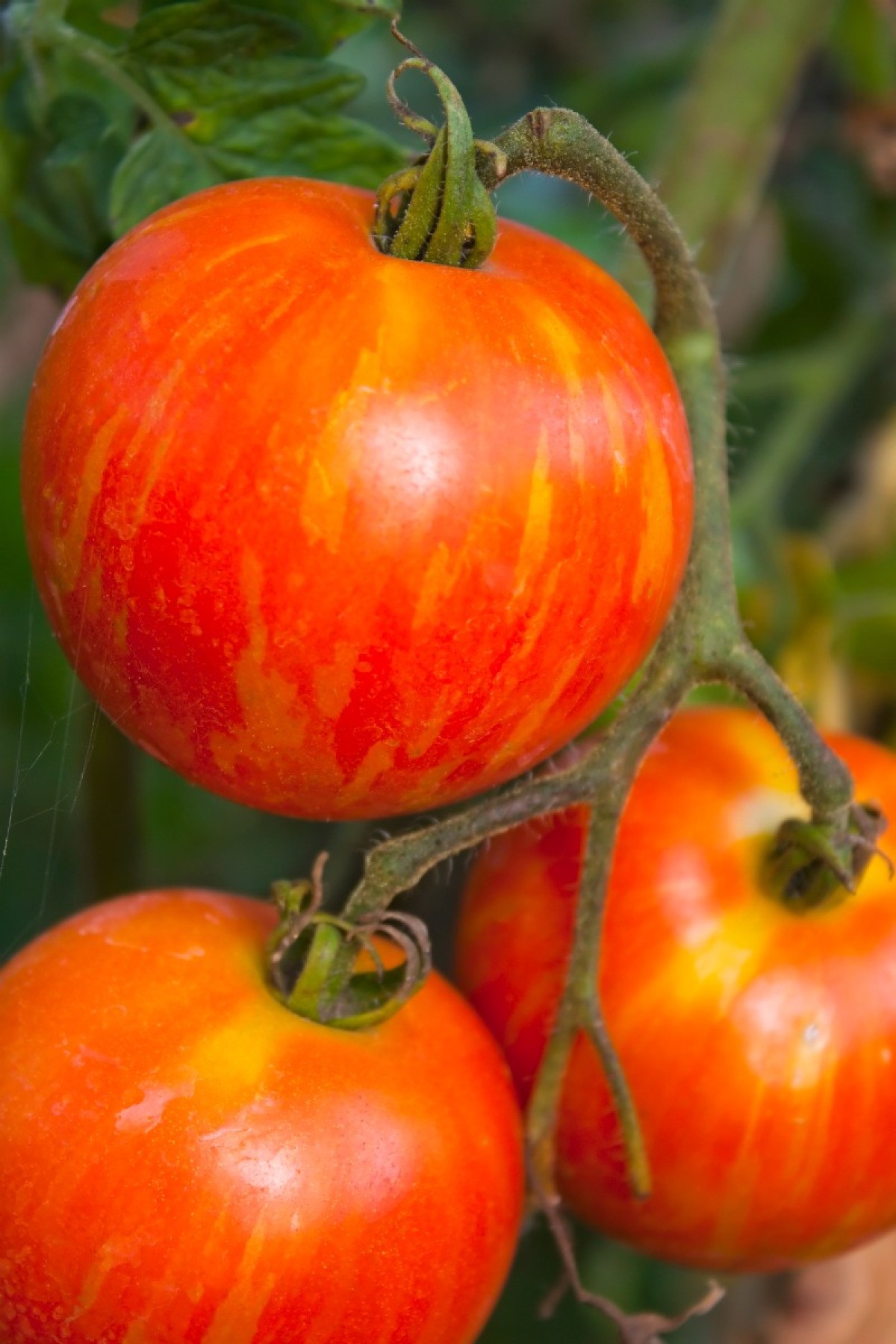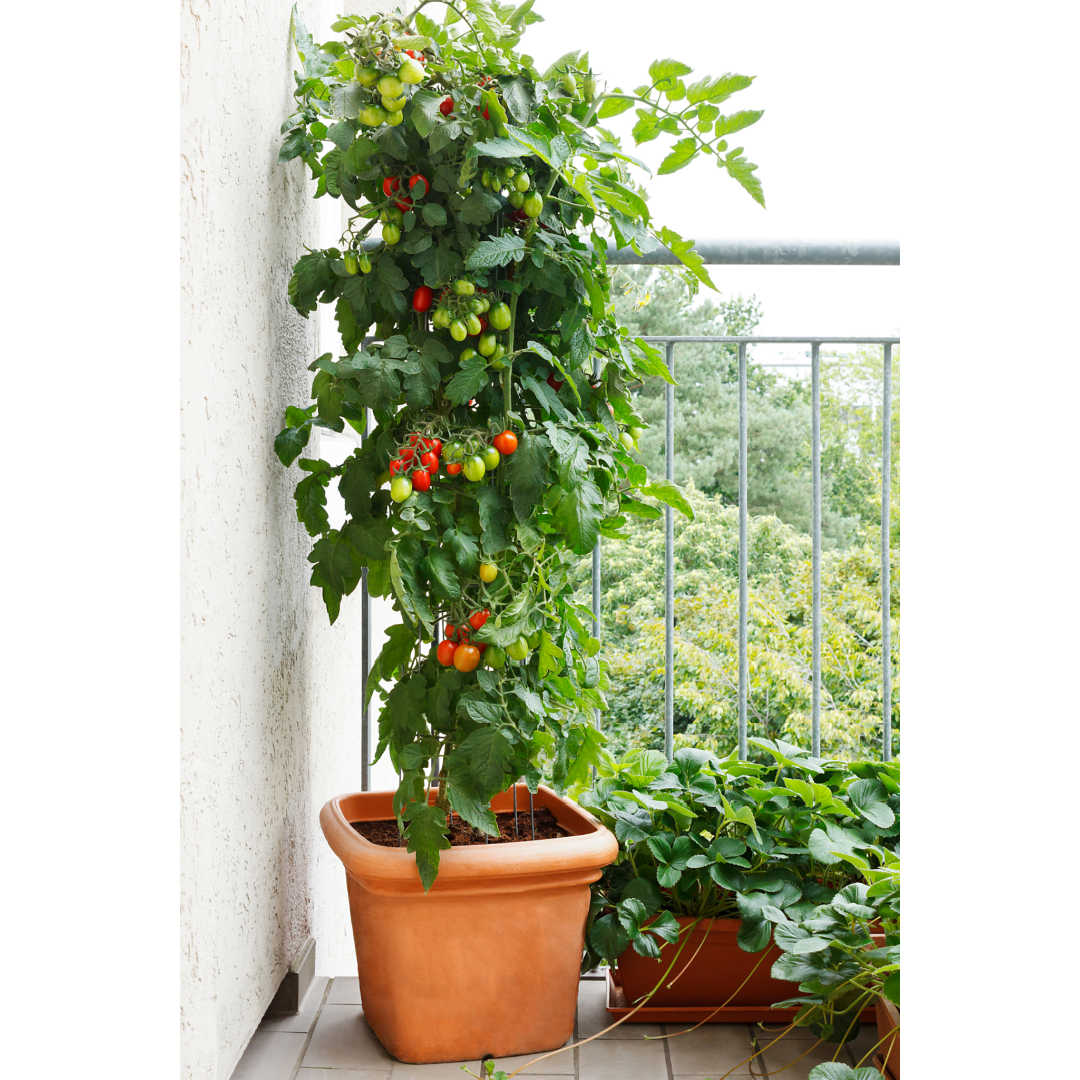

Tomato plant changes watering needs as it grows, so you should adjust the amount of water given accordingly. Tomato plants grow from seedlings to full-grown vegetables in stages. The quality of potting soil mainly depends on its ability to absorb, retain moisture, and provide aeration for roots it also needs good drainage properties for excess water to flow through the container bottom without causing root rot or overwatering. Potting soil is the most crucial component in a plant’s environment. A self-watering planter helps reduce watering by half, whereas other methods require twice as much time and effort. Other factors to consider are if you are using a self-watering container for your tomato plants. The best way to ensure this is by making sure your containers have holes for water to flow through. When you water a tomato plant in a pot, it’s important to make sure that the soil has adequate drainage. If your planter is made from terra cotta or fabric, then you can expect to dry out quicker than if it’s plastic or metal. Different materials have different water retention properties, which can cause root problems for your plant if it’s not watered often enough.

It is also essential to consider the material of the pot when watering tomato plants in pots. It’s critical to ensure the pot has suitable drainage holes so no excess rainwater can pool on top of them and lead to a higher risk for root rot. Lastly, make sure the pot is deep enough that it doesn’t dry out too quickly because this will lead to root problems and lower plant growth. This will provide good aeration because they need plenty of oxygen for healthy roots and ample room for their roots to grow into. To prevent this from happening, make sure you select containers that hold at least 5-7 gallons of suitable growing medium. When growing tomatoes in a pot, it’s essential to keep the medium moist and avoid root problems. However, there are many ways to reduce watering these include using drip irrigation systems and mulching around plants with organic matter like hay or pine needles.īefore you start your tomato plants, considering all three vital elements should prevent any future issues caused by over-watering and under-watering. The leading cause for root problems can be watering too frequently or not enough. While tomatoes are a plant that thrives in pots, it is essential to consider the factors of how often to water tomato plants. Factors to consider when watering a tomato plant in a pot

Research has shown that watering your tomatoes daily can help them develop better roots, which allows them more accessible access to nutrients from the soil while also preventing any rotting from moisture-related issues. The more often you water a plant, the more likely it will thrive and grow. To prevent root problems, it’s essential for tomato plants in pots to be watered regularly. If it’s not done correctly, problems can arise, such as root rot and blossom end rot. Tomato plants need regular watering to develop properly, especially those that are grown in pots – these will require plenty of water throughout their entire life cycle.


 0 kommentar(er)
0 kommentar(er)
